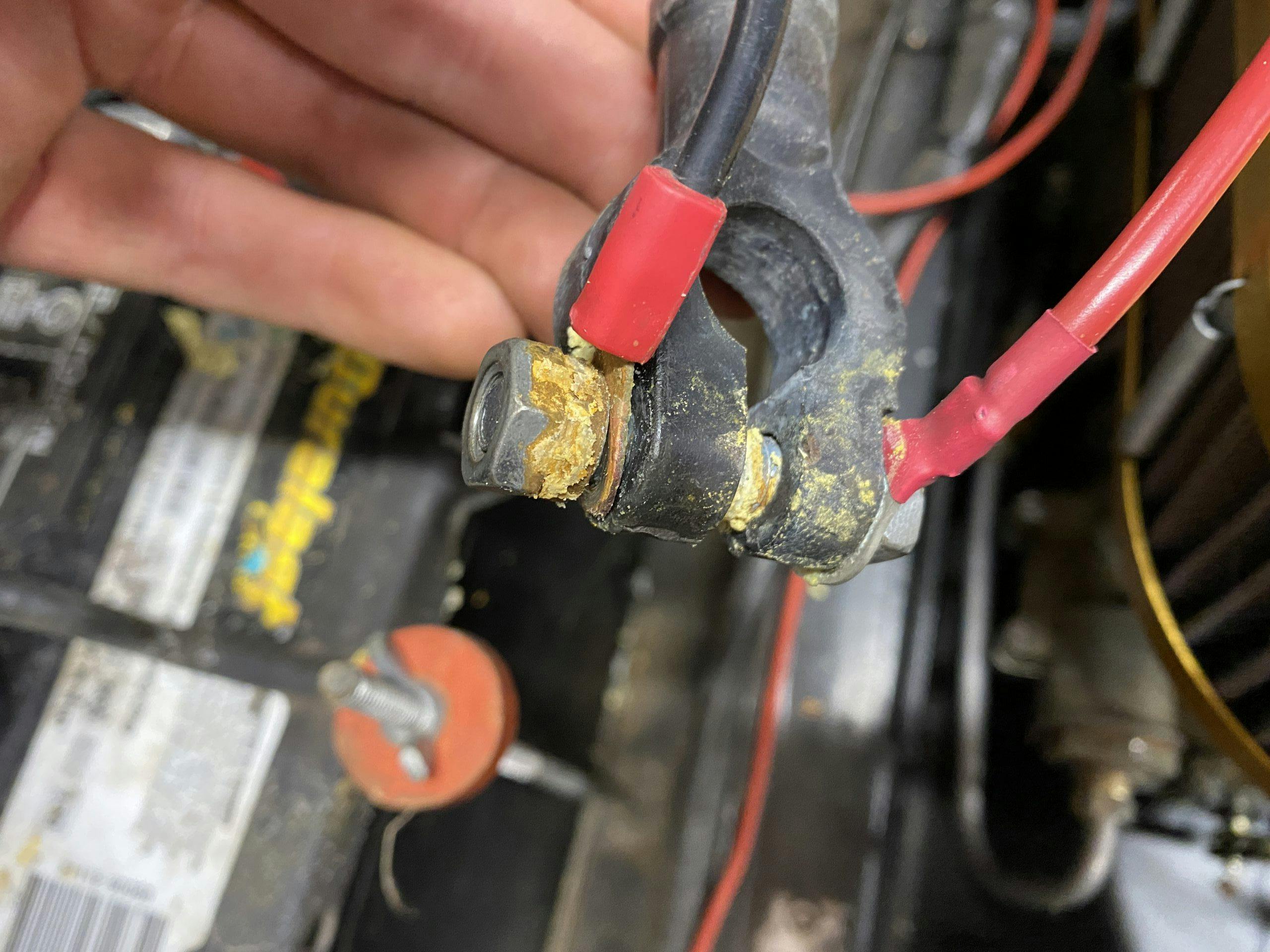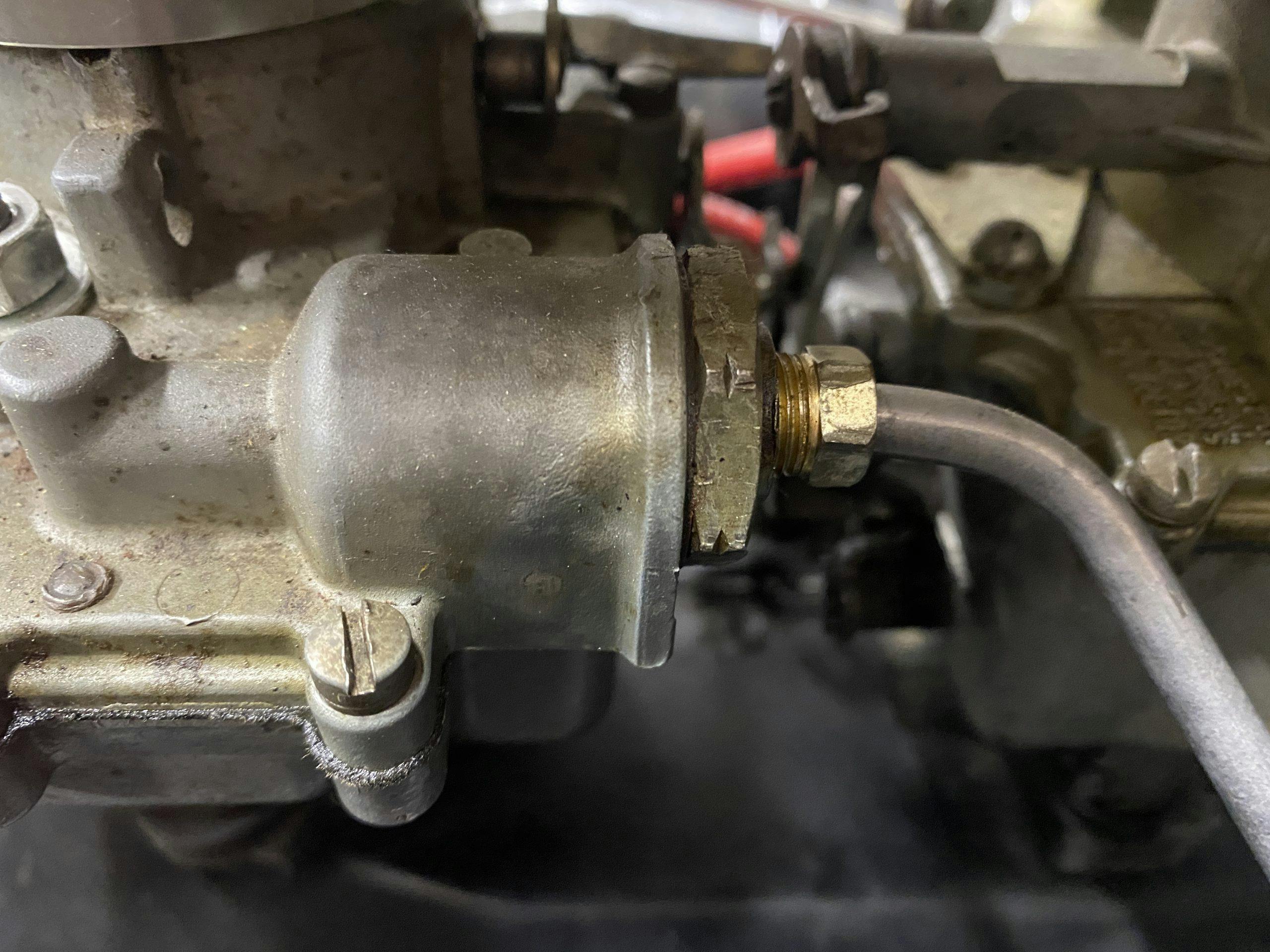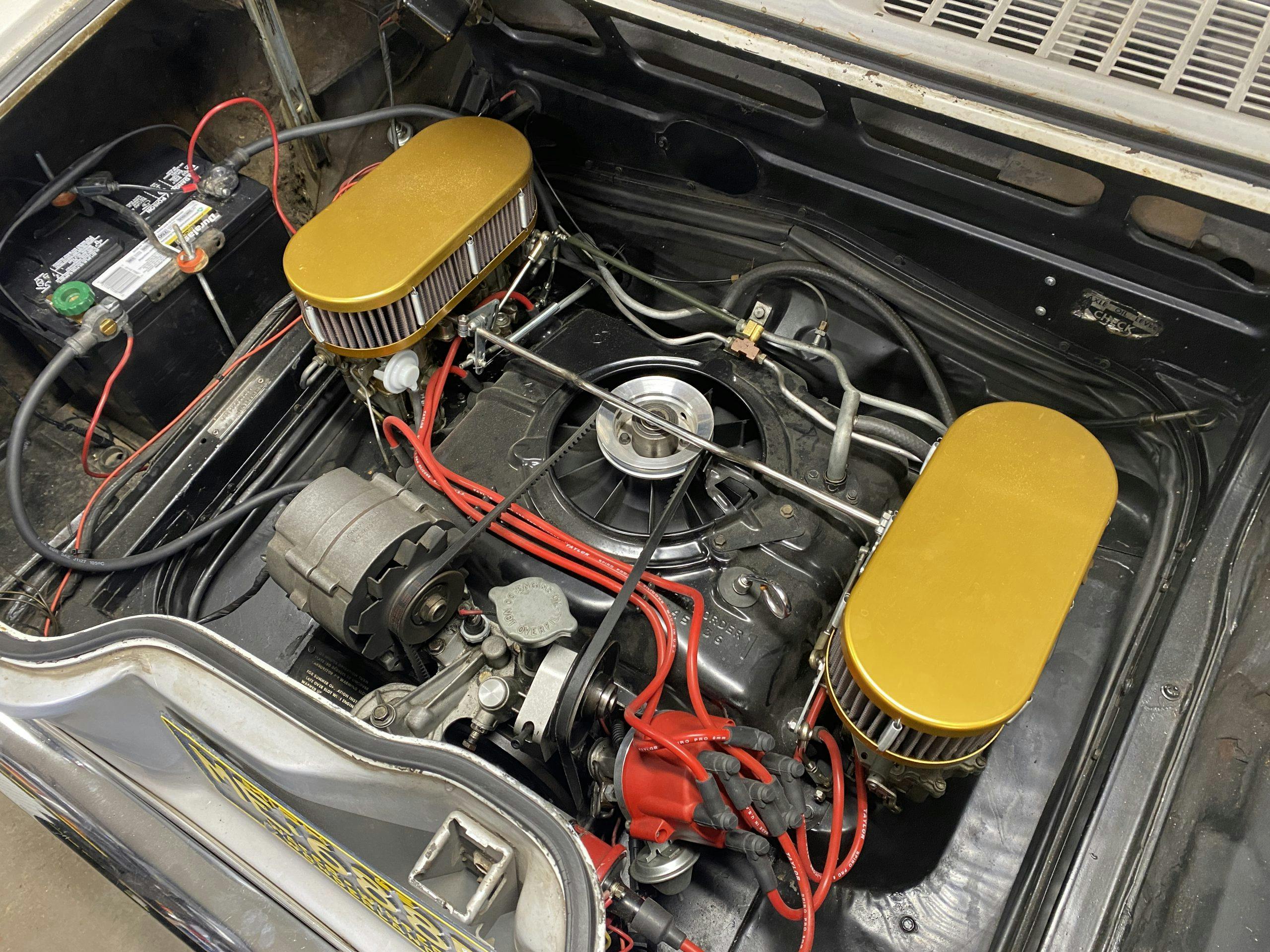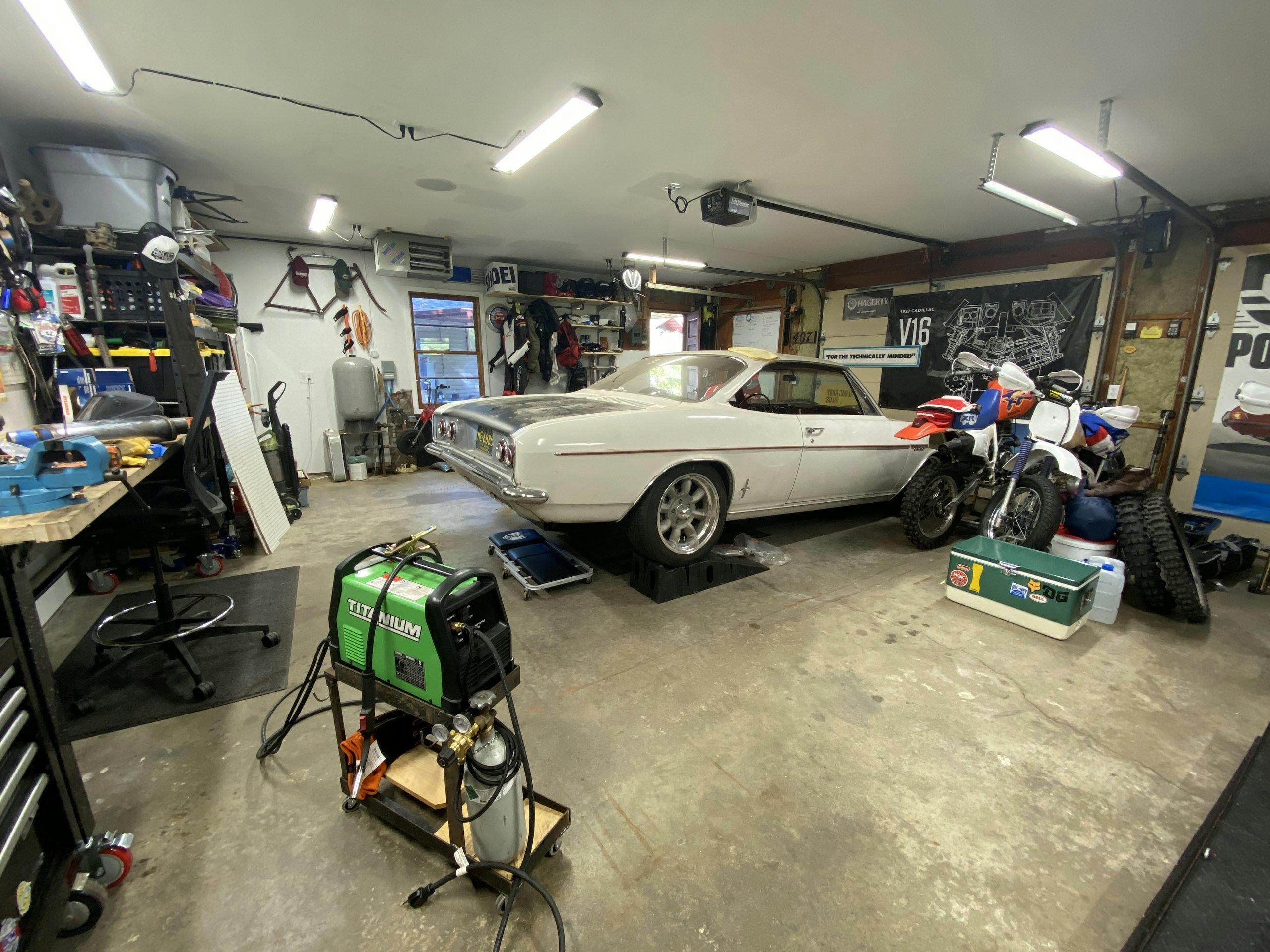Media | Articles
My Corvair needed to be rescued from … me?
One of the byproducts of doing lots of fun things is that certain mundane tasks tend to fall by the wayside. There are only so many hours in the day, and some of them must be dedicated to things like eating, sleeping, socializing, and other not-explicitly-productive essentials. This year has turned into a kind of test for just how many irons I can keep in the fire without scorching anything.
Sadly, a particular iron flashed right past melting point: my beloved Corvair. The car that reignited my love affair with vintage cars, the one that helped me get my start writing. I love it dearly, and yet it has not driven in over two years. How did this happen?
I think it boils down to two phenomena, both of which are systemic to my brain: avoiding doing something if I can’t do it to my standards, and the problem of too many cool things. I simply don’t have all the time or money to treat all of it with the attention I want to.
I’m not alone here, nor am I the first to suffer from avoidance. Surely I am not cracking the mysteries of the human psyche as I sit here at my workbench, covered metal shavings and gasket scraps. But it does seem strange, or perhaps just very human, that the cars we love so much end up confined in a garage. Or a driveway. Or a corner of a field. How many times have we been told “I’m gonna fix that up one day” by the owner of some rusting relic that clearly has not been touched in years? Yet here I am, telling my friends that ask about the Corvair “oh that, I’m going to work on that next week.” Will I, really?
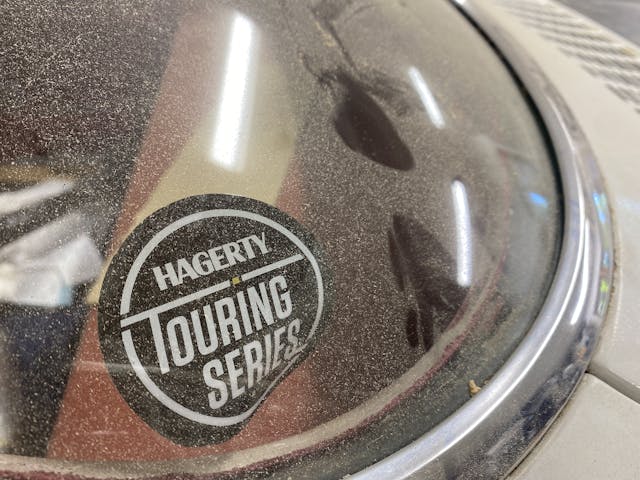
Some of this is just how people are wired, to take the path of least resistance. I have been neglecting my 1965 Corvair Corsa as of late, specifically because of a project that started and then put me in way over my head. It wasn’t even a failure, but rather an exhaust system upgrade. Years ago I installed a Clark’s Corvair header kit with dual glasspack mufflers. The car sounded pretty good, but it droned really bad on the highway and the exhaust tips were uneven under the rear bumper. So I set a course to replace the exhaust.
Marketplace
Buy and sell classics with confidence
That was 2019.
I pulled the exhaust off, had West Michigan Cerakote coat the headers, and mentally designed a system that would allow my to easily switch between a quiet chamber muffler and a straight through race-style muffler. One for highway trips, one for idling through downtown and making a ruckus at cars and coffee on Fridays. The design was a relatively simple two-into-one with a V-band clamp for the connection between the connector pipe and the muffler. Only problem was I didn’t own any of the tools required to complete the job, or at least not to the fit and finish standard I desired. I would need a welder for that.
A year went by. Then I finally bought the metal glue gun I had been putting off. Then the tubing. And finally the mufflers themselves.
Then … nothing.
Remember, the car was running and driving when I pulled the exhaust off. Because I never intended this project to take more than a month or two, I didn’t think about the Corvair needing long-term storage. If you’ve read my ramblings here at Hagerty for a few years, you’ve likely seen us write about about winter storage, and we always mention that it’s a good idea to store your beloved vintage ride as if it is going to be out of commission for five years rather than five months. That way, if life pops up and prevents you from taking it out come spring, you won’t be doing damage or inviting problems to make re-awakening a problem. I didn’t take my own advice and then avoided the whole situation. The whole thing just sounded difficult, and I had other irons in the fire with which to distract myself.
The carbs started leaking. The battery went flat. The tires are certainly not happy, and the whole thing is downright filthy.
With a handful of gentle (and not so gentle) nudges from friends, I have re-prioritized the Corvair’s well-being. I laid out the exhaust and finally came to grips that it would never be the perfect system I had pictured in my head. My welds would have to be solid, but not beautiful. The cuts would be the best I could do with my reciprocating saw, fine-tuned with a hand file. The exhaust is not completely done, but it is at least at a functional stage. I’ve installed a new battery, too. The carbs are leak-free again after I tightened up the stone filter nuts.
All this took only three days of work—not really that big of a time commitment for someone with one car, but my garage is stocked full of so many toys and projects that I often go out and tackle the low hanging fruit to feel productive. Fabricating an exhaust from scratch was never going to be low-hanging fruit. It needed to be made a priority to ever get done right. Once you combine that time requirement with the mental weight I was putting on myself to build the perfect thing the first time, it became a recipe for a car that was likely going to be found by Tom Cotter on the next episode of Barn Find Hunter. I am the caretaker of this car and have now promised myself to do better. It’s getting wrapped up ASAP and driven as much as possible until the snow flies. Then it’ll go into storage, as it does every winter. But will be ready to motor come spring. It deserves that.











